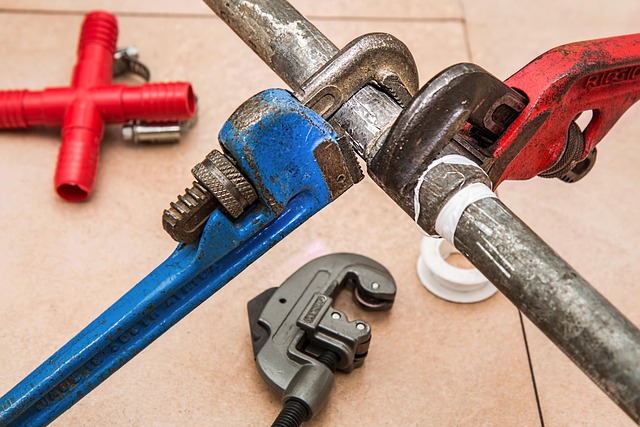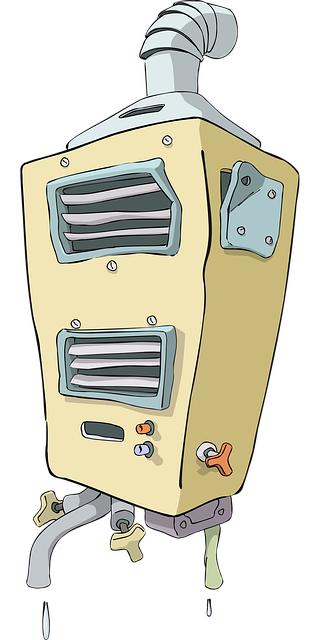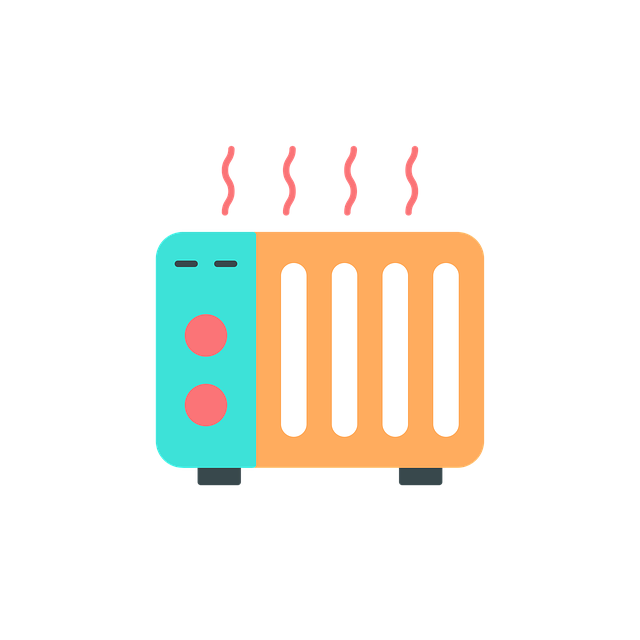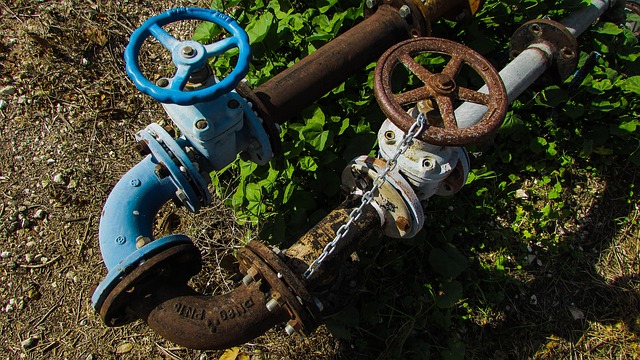Leaky faucets, though seemingly minor, are significant indicators of plumbing issues that can lead to severe damage, mold growth, and health hazards due to increased indoor humidity. Prompt repair is crucial to maintain a healthy home environment and prevent complex problems like structural damage and mold exposure. To mitigate risks, homeowners should assess water damage, dry affected areas, implement preventive measures like sealing compounds and insulation, and install early warning systems for leaks. Regular maintenance and immediate action are key to protecting homes from leaky faucets and associated issues.
Increased indoor humidity due to plumbing leaks can create an uncomfortable environment and lead to significant damage. This article delves into the understanding of how these leaks impact your home’s humidity levels, focusing on the signs of leaky faucets and the potential consequences. We’ll guide you through effective mitigation strategies and preventive measures to combat this common issue, helping you maintain a healthy living space and avoid costly repairs by addressing leaky faucets promptly.
- Understanding Plumbing Leaks and Their Impact on Indoor Humidity
- Signs of Leaky Faucets and Potential Damage
- Mitigating the Effects and Preventive Measures for Plumber Leaks
Understanding Plumbing Leaks and Their Impact on Indoor Humidity

Plumbing leaks, whether from faucets, pipes, or appliances, are a common household issue that can significantly impact indoor humidity levels. When water escapes, it evaporates into the air, adding moisture to the interior environment. This is particularly noticeable with leaky faucets, which can drip persistently and contribute to elevated humidity over time. Increased humidity has various effects on living spaces; it may create a more comfortable atmosphere during dry seasons but can also breed mold and mildew if left unchecked.
Moreover, plumbing leaks often go unnoticed until significant damage occurs, leading to higher costs for repair and potential health risks associated with mold exposure. Homeowners should be vigilant in identifying leak issues, such as damp spots on walls or ceilings, musty odors, or elevated humidity sensors. Regular maintenance and prompt fixing of leaky fixtures can help mitigate these problems, ensuring a healthier and more comfortable indoor environment.
Signs of Leaky Faucets and Potential Damage

Leaky faucets might seem like a minor inconvenience, but they can signal a larger issue—plumbing leaks that can significantly impact your home’s environment and structure. Signs of leaky faucets include drops or drips of water heard or seen around the faucet, as well as spots on countertops, walls, or floors near fixtures due to condensation. Over time, these leaks can cause substantial damage, from mold growth in hidden areas to warped cabinets and even structural weakening.
The potential consequences extend beyond immediate repair costs. Increased humidity from plumbing leaks can foster the growth of harmful fungi and bacteria, leading to health issues like allergies or respiratory problems for occupants. Additionally, water damage may compromise the integrity of your home’s foundation, walls, and other critical components, necessitating costly renovations. Prompt identification and repair of leaky faucets are crucial steps in preventing these compounded problems.
Mitigating the Effects and Preventive Measures for Plumber Leaks

To mitigate the effects of plumbing leaks, prompt action is crucial. First, assess the extent of water damage and ensure any standing water is removed to prevent mold growth. Dry out affected areas thoroughly using fans or dehumidifiers, addressing moisture-prone spaces like basements or bathrooms. Regular inspection and maintenance can significantly reduce the impact of leaky faucets; fix them as soon as possible to avoid further damage. Using waterproof sealing compounds and regular lubrication for fixtures can prevent leaks in the first place, offering a cost-effective solution for homeowners.
Preventive measures are key to avoiding plumbing leak crises. Install water detection systems or alerts that notify you of any unusual moisture levels. Regularly check for leaks in your home, especially around faucets and pipes, addressing them promptly. Insulating exposed pipes during colder months can prevent freezing and burst pipes, which often lead to significant leaks. Additionally, using energy-efficient appliances and fixing pressure issues in water heaters can reduce overall water usage and potential leak scenarios.
